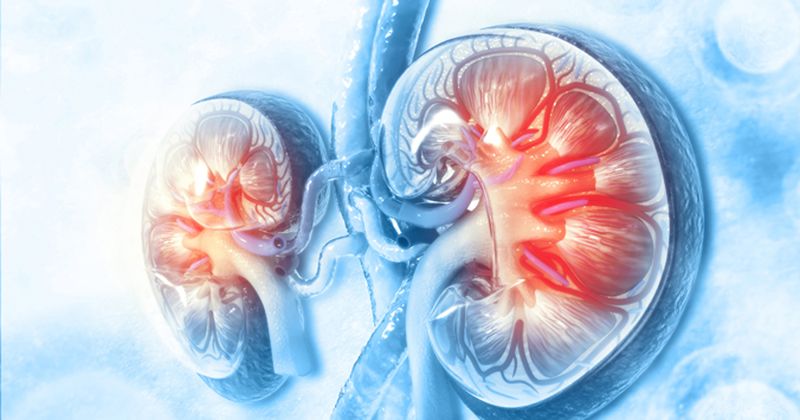Hemoglobin glycation index may predict CKD risk in diabetes
A high hemoglobin glycation index is associated with an increased risk for incident chronic kidney disease during 10 years of follow-up among treatment-naive adults with prediabetes or type 2 diabetes, according to a speaker.

“Hemoglobin glycation index, or HGI, can be used as a marker in addition to HbA1c for the prediction of renal dysfunction among patients with impaired glucose metabolism,” Wonjin Kim, MD, assistant professor in the division of endocrinology at CHA University School of Medicine in Seoul, South Korea, told Healio. “HbA1c is generally considered the gold standard method for evaluating glycemic control. However, the HbA1c level can be affected by many factors including age, erythrocyte age, anemia, pregnancy and hepatic and renal disease. To overcome the limitation of HbA1c value, HGI was suggested as an alternative method to account for glycemic variations.”

In a prospective study, Kim and colleagues analyzed data from 2,187 adults with prediabetes or type 2 diabetes, using data from the Korean Genome and Epidemiologic Study. Researchers determined HGI as the measured HbA1c minus predicted HbA1c, calculated from the linear relationship between HbA1c and fasting plasma glucose levels. Incident CKD was defined an estimated glomerular filtration rate of less than 60 mL/min/1.73 m2 and decreased by more than 25% from baseline during follow up. Researchers used Cox proportional hazard models to calculate HRs for incident CKD.
Within the cohort, the overall prevalence of CKD was 335 (15.3%) during the 10-year follow-up period. Incident CKD prevalence was highest among adults in the third HGI tertile (21.5%), followed by 14.9% in second tertile and 9.6% in the first tertile.
In multivariate analysis, the third HGI tertile group showed the highest adjusted HR for incident CKD (HR = 1.57; 95% CI, 1.06–2.34), with results persisting after adjustment for HbA1c.
Kim noted that HGI may be a marker of population variation in HbA1c value caused by factors other than blood glucose concentration.
“In our study, a higher HGI was significantly associated with incident CKD even after adjusting for traditional risk factors for CKD and HbA1c levels,” Kim said. “These findings suggest that the HGI may have an additional impact on the decline in renal function beyond the influence of HbA1c level.”

